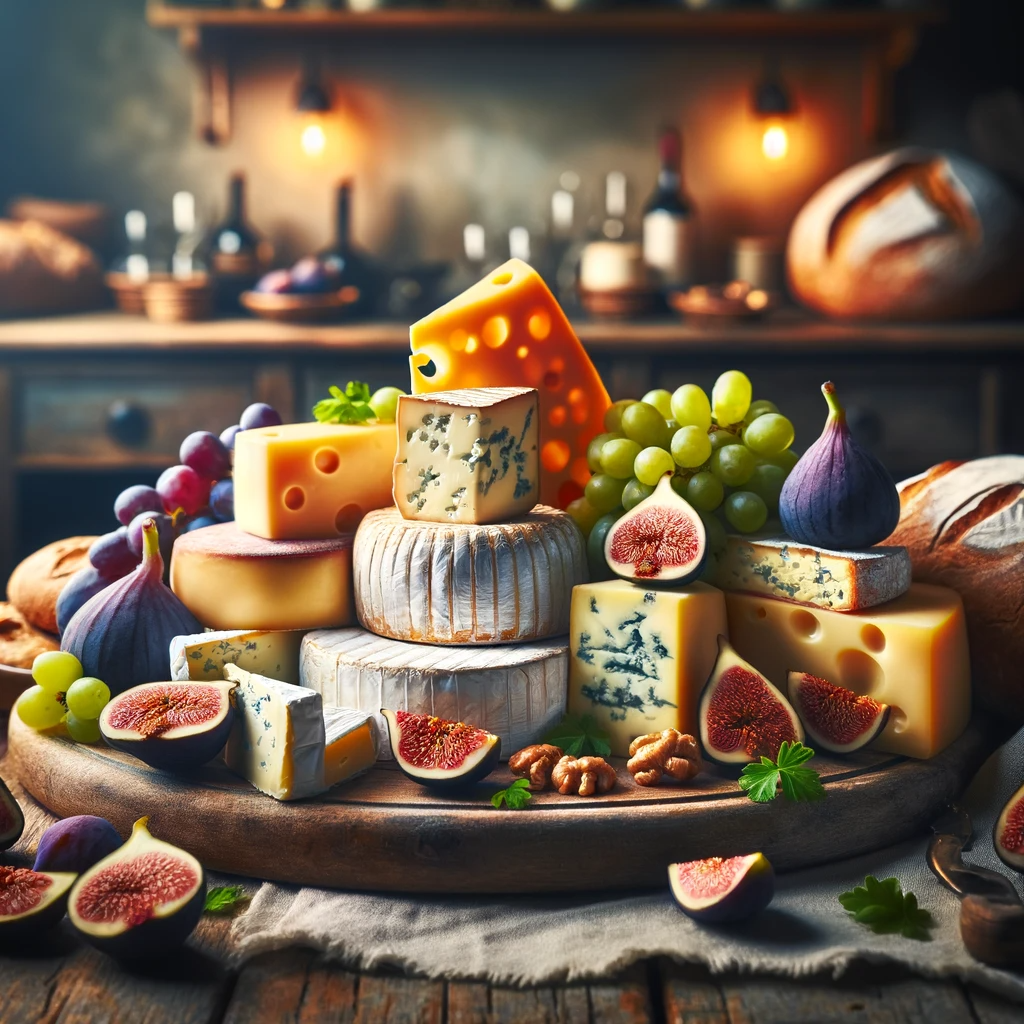Introduction:
Cheese is undoubtedly one of the most beloved and versatile dairy products worldwide. From creamy Brie to sharp Cheddar, there’s a cheese variety for every palate. However, few may realize that the way cheese is cut can have a significant impact on its texture, flavor, and overall culinary experience. In this article, we will delve deep into the fascinating world of cheese and explore how different cutting techniques can influence the characteristics of this delectable dairy delight.
1. The Art of Cheese Cutting
Before delving into the impact of cutting techniques on cheese ingredients, it’s crucial to understand the basics of cheese cutting. Cheese can be broadly categorized into two main types: hard and soft. The cutting techniques employed for these two categories differ significantly.
1.1 Cutting Hard Cheeses
Hard cheeses, such as Parmesan, Gouda, and Swiss, are known for their dense texture and robust flavors. Cutting hard cheeses requires precision and care to maintain their integrity.
1.1.1 Wedge Cut
The wedge cut is a popular technique for hard cheeses. It involves slicing the cheese into triangular wedges. This technique allows the cheese to maintain its structural integrity and preserve its flavors.
1.1.2 Grating
Grating is another method often used for hard cheeses. Grated cheese can be sprinkled over dishes, enhancing the overall flavor and texture. However, grating exposes more surface area to the air, potentially leading to quicker moisture loss.
1.2 Cutting Soft Cheeses
Soft cheeses like Brie, Camembert, and cream cheese have a creamy, delicate texture. Cutting them requires a different approach to ensure they retain their lusciousness.
1.2.1 Wedge or Slice?
When dealing with soft cheeses, it’s common to slice them into wedges or thin slices. Slicing preserves the creamy interior while maintaining the cheese’s structural integrity.
1.2.2 Spreading
Some soft cheeses are specifically designed for spreading. These cheeses, like cream cheese or goat cheese, can be spread on crackers, bread, or as a dip. The spreading technique is critical for enhancing the cheese’s usability.
2. Impact of Cutting Techniques on Cheese Ingredients
Now that we’ve covered the basics of cheese cutting, let’s explore how these techniques affect the cheese ingredients and your culinary experience.
2.1 Texture
2.1.1 Hard Cheeses
- Wedge cutting and grating hard cheeses can alter their texture. Wedge-cut cheeses maintain their dense texture, while grated cheeses become finer and more granulated.
2.1.2 Soft Cheeses
- Slicing soft cheeses preserves their creamy interior, providing a delightful contrast between the soft center and the slightly firmer rind.
2.2 Flavor
2.2.1 Hard Cheeses
- Wedge-cut hard cheeses tend to retain their robust flavors since less surface area is exposed to the air.
- Grated hard cheeses, although convenient for recipes, may lose some of their flavor due to increased exposure to oxygen.
2.2.2 Soft Cheeses
- Slicing soft cheeses ensures that each bite encapsulates the full spectrum of flavors, from the creamy core to the milder outer layer.
2.3 Moisture Content
2.3.1 Hard Cheeses
- Grating hard cheeses may lead to faster moisture loss, potentially affecting their texture and overall quality.
2.3.2 Soft Cheeses
- Slicing soft cheeses helps maintain their moisture content, ensuring a delectably creamy experience.
3. Conclusion
In conclusion, the impact of cutting techniques on cheese ingredients is a crucial consideration for every cheese enthusiast and culinary artist. Whether you’re savoring the rich flavors of hard cheeses or indulging in the creaminess of soft cheeses, the way you cut your cheese can significantly influence the overall dining experience. So, the next time you enjoy a cheese platter or prepare a cheese-based dish, remember to choose your cutting technique wisely to unlock the full potential of this beloved dairy delight.
